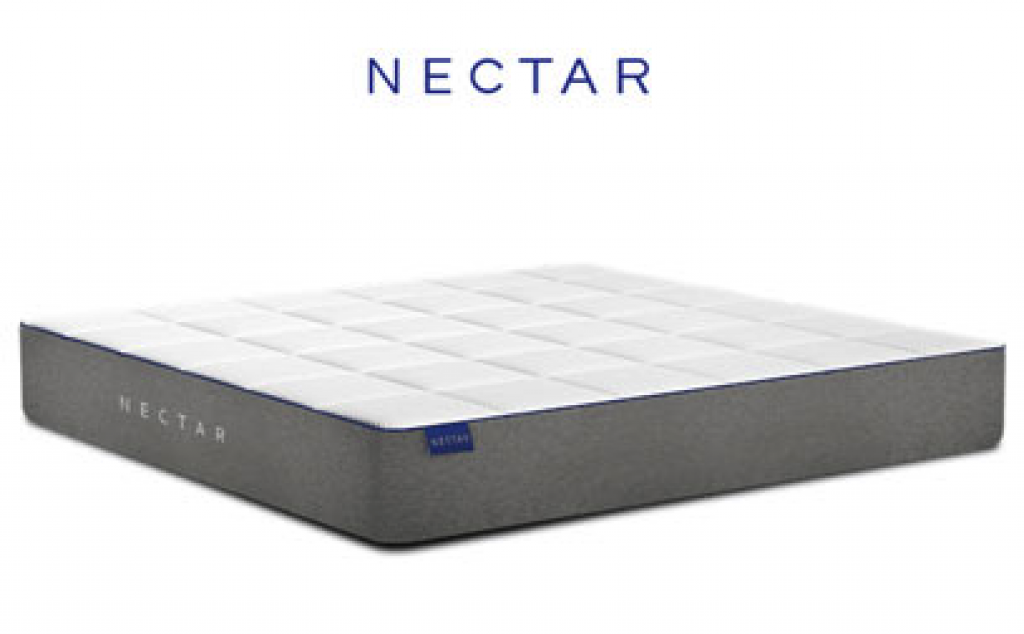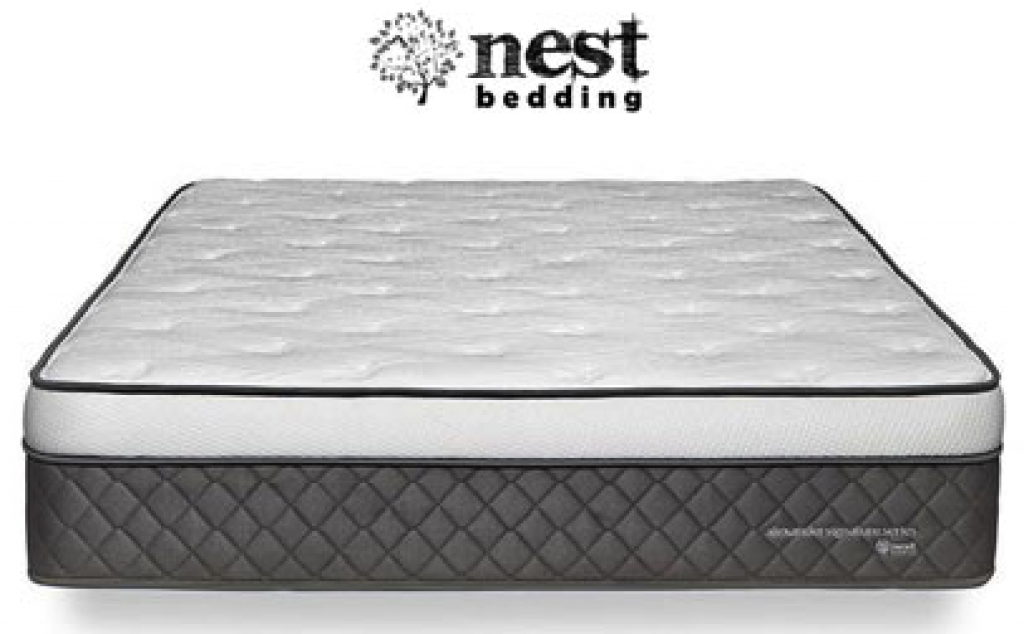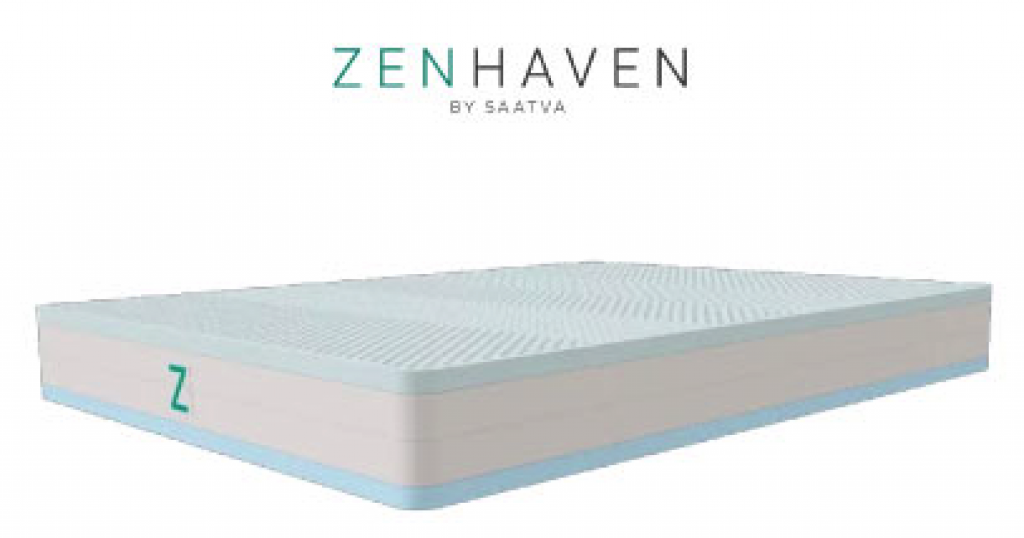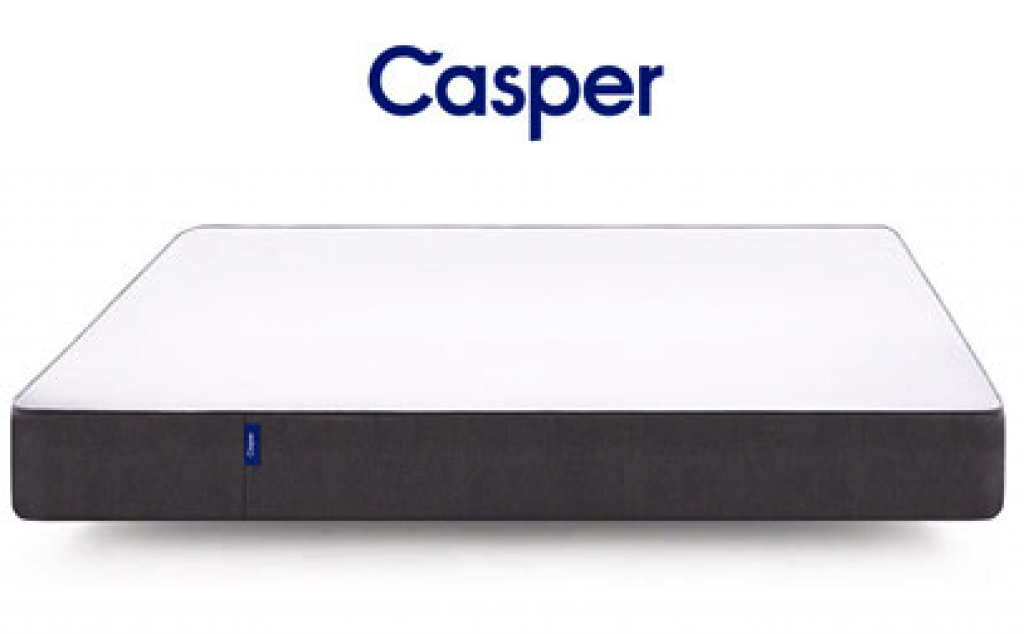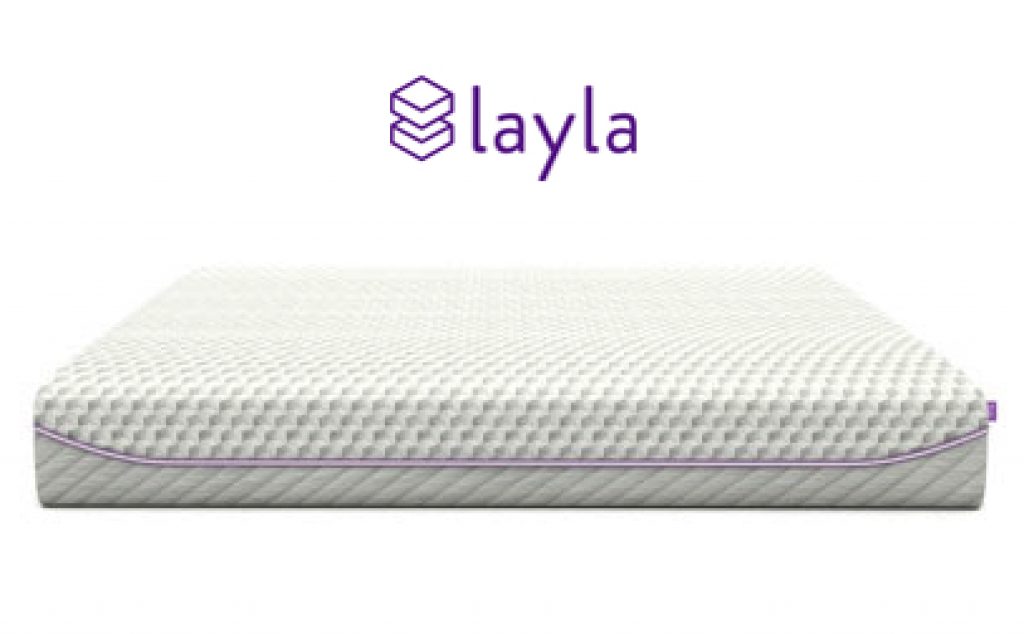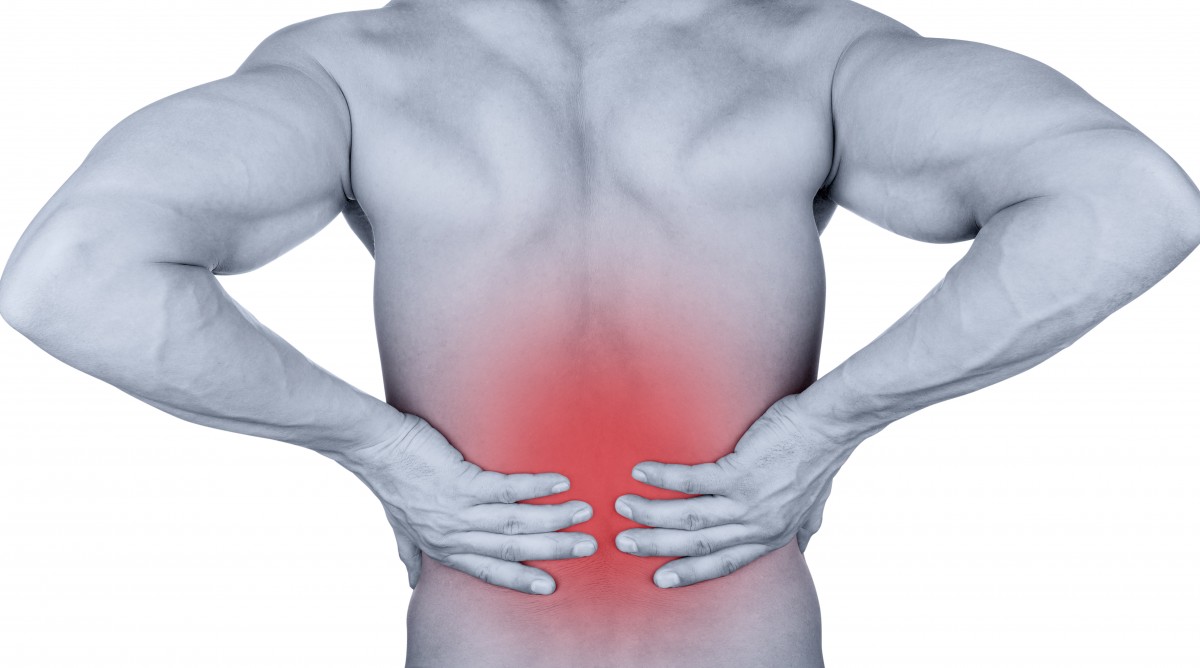
Back pain is one of the most widespread health problems in the modern world and, in most cases, it has everything to do with our lifestyle. Long hours in front of a computer or driving have serious consequences on our spinal health because of bad posture. Furthermore, long sitting hours force the lower back area to support a lot more pressure than it was designed for.
However, the negative effects of posture and sitting related back pain can be fought off with a good night’s sleep and some physical activity. When you’re sleeping on a mattress designed to support your back and keep the spine in correct alignment, then the tension gathered during the day will be released and you will wake up refreshed and pain-free.
Now, we know it may be difficult to find the product that helps your backaches and fits your needs, since many mattress manufacturers simply add this feature to promote their designs. This is why we reviewed some of the best beds for lower and upper bad backs, and we selected only the ones that are truly supportive of your back, regardless of your snooze position.
We’re also going to include a guide for the back sleeper that will help you choose the mattress you need.
Types of Bed Materials Best for Bad Back
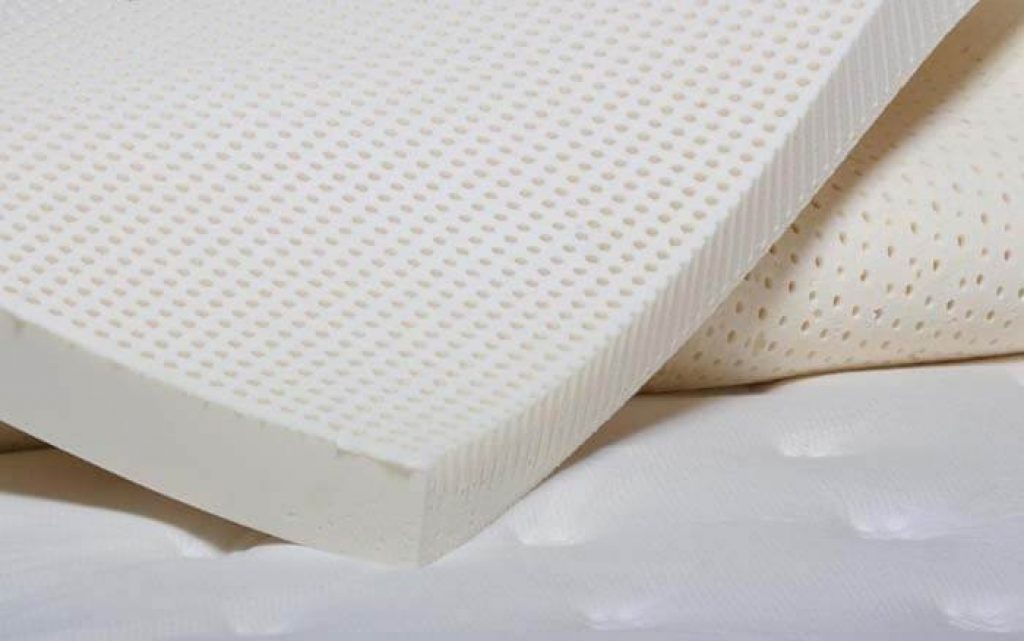
Below are the most used and best materials for the sleep surfaces on today’s market and we designed a quick guide to help you understand how they can help with back pain situations.
Memory Foam
This is a man-made material, and it’s widely used in most designs that promote a soft, contouring sleep experience. Its unique characteristics recommend it for side sleepers and people who share a bed with a pet or a partner because the foam absorbs movement and allows for plenty of sinkage.
Mattresses made of memory foam reacts to pressure and body heat by creating an indentation in the surface to level your body curves on a horizontal plane. This way, if you sleep on the side, your shoulders and hips will deepen a bit more than other areas because they are heavier. The result is a well-aligned spine, with no pressure points between you and the mattress (it allows the muscles of the back to relax).
Also known as viscoelastic, memory foam reacts to your movement and changes shape just as you change your position. Still, you should be careful about two aspects when selecting such a product:
- Density – The density of the foam is important because it sets how fast the viscoelastic material will react. Low-density means the material will allow for more sinkage which can lead to improper back support. Also, it means the mattress will be less durable, so make sure to select only designs with high-density foam.
- Heat Retention – Memory foam is known to trap heat, a fact that can lead to overheating during the night. This is why many producers use special gel infusions that open the cell structure of the memory foam and allow air to move through the mattress unhindered.
Innerspring
An innerspring design uses steel coils to support the sleeper and has a plush surface to provide comfort and pressure relief. Unlike memory foam beds, you will get plenty of bounce and, since the core is hollow, the bed will be properly ventilated at all times.
The padding on top can be anything from upholstery materials and foams, but we recommend choosing a material that keeps a good airflow so you won’t experience any heat-related problems. Inside the mattress, the structure can be quite different but you’ll usually find two types of designs:
- The coils are connected to a single unit, whit coils moving in tandem.
- Individually wrapped pocketed coils, with each coils responding according to the type of pressure it activates it.
If you’re looking for motion isolation and variable support (which we encourage), the version with individually wrapped coils is the highest recommended. It’s also the one of the best for people with back pain problems because it provides support exactly where you need it.
When the coils act individually, each will respond differently in contact with your body weight, which means you’ll be kept in an almost perfect horizontal position. The bed will be firmer and more responsive than a memory foam bed, but it won’t offer as much contouring.
If this design sounds appealing, you should pay attention to the number and size of the coils. Models with smaller coils are better at motion isolation (in the pocketed version), and they can provide truly variable support. It’s also important to get a mattress with a greater number of coils because this means more points of support and more contouring.
Want an innerspring bed? See our top innerspring buyer’s guide.
Latex
Sleepers who are looking for natural buoyancy and enjoy a firmer, more responsive design, should consider latex mattresses. In most cases, these beds tend to feature a layered structure, with several densities, in order to provide a combination of firm and soft. But there are also models with just the one layer of latex foam for improved durability, and to avoid the use of glue to fix the layers in place.
Latex can be of two types:
- 100% natural foam, obtained from the sap of the rubber tree.
- Manmade or artificial latex foam, created with petroleum-based products (just like viscoelastic).
While both versions provide basically the same level of support and flexibility, we recommend the organic mattresses because these are also anti-microbial and don’t trap heat. As a rule of thumb, natural materials are better at regulating heat and keeping creepy crawlies (bedbugs, dust mites, fungi, bacteria) away from your mattress.
When you’re choosing an organic latex sleeping surface, you have to pay attention to the method used to process the raw material. Most manufacturers choose between Dunlop and Talalay, with the first producing denser foams. While, the second method is often associated with petroleum-based chemicals, it also produces aerated surfaces that give a bit more comfort.
In terms of support, latex offers a fast-responding surface, but it tends to be firmer than memory foam, which is why many side sleepers tend to avoid it. Still, the processing methods have improved, and manufacturers are able to create mattresses that offer zone-based back support. This means that the surface has variable densities that coincide with areas of your body.
Read more about latex: Best Latex Mattresses Reviewed – Ultimate Buyer’s Guide
Hybrid
Be prepared to enter a whole new world, where almost every combination is possible!
The cool thing about these mattresses is that you won’t get bored while searching for the one that fits your needs. Starting with a combination of foams (usually latex and memory foam) and ending with the supreme combination of foams, coils, and even gels, hybrid beds are by far the most interesting in the bunch.
So, if you’re looking for the softness and contouring of memory foam, but would also like some springiness, you should browse through beds that combine coils and memory foam. But, if you want a bit of firmness thrown into the mix, there are designs that feature memory foam, latex foam, and springs. Of course, the list of combinations doesn’t stop here!
From the point of view of a person who needs good support, hybrid beds can be a blessing because of the level of customization you can enjoy. For instance, the combination of soft and firm that also features some bounciness is quite welcomed for pressure release and lumbar support.
However, it’s important to make sure all materials used to build the product of your choice are of the best quality. It’s also crucial to choose producers that are transparent about what’s in their mattress. If you don’t know anything about the inner-structure of your mattress, you don’t know what makes it tick and how durable it will be.
Go to our hybrid overview: Highest Rated Hybrid Beds this year – Ultimate Guide & Comparison
Buyer’s Guide for a Pain Relief Bed
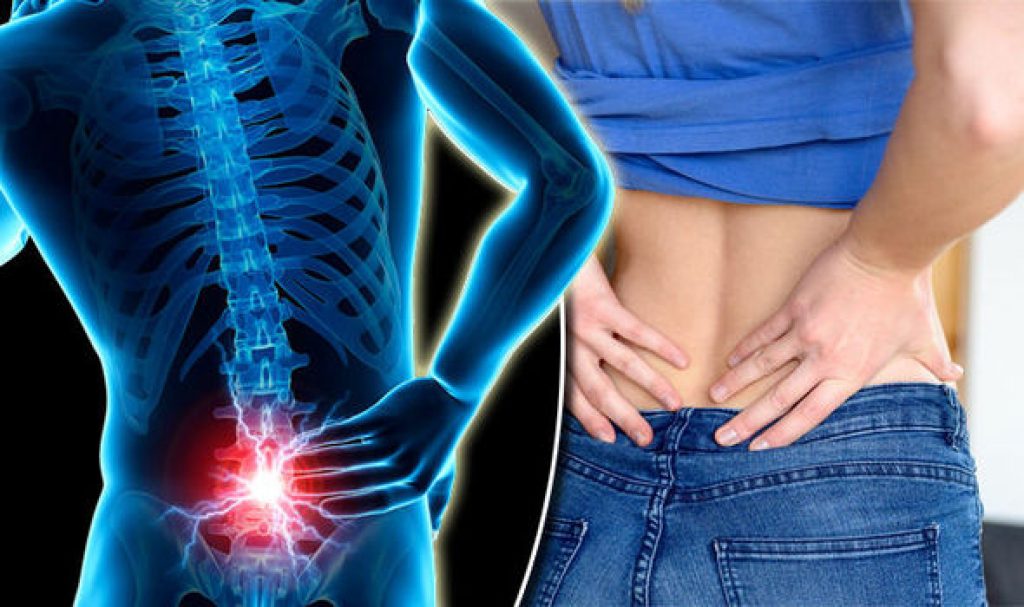
In this section, you can learn about the best position for back pain relief, firmness and softness, and how to choose a pressure-free mattress.
Pick Sleeping Position Wisely
Overall, there are three main sleeping positions, and each of them can then be separated into several variations. Now, the three basic positions are on the side (preferred by most people all over the world), on the back, and on the stomach.
If you have back pain problems, the worst for you is sleeping on your stomach because the spine is curved and, if the mattress is not supportive, there will be tension around the neck and shoulders area. Furthermore, this position keeps the muscles of the lower back from relaxing.
If you are a side sleeper that experiences lower back pain read this. To get a better idea of which mattress is right for you.
The best position to choose is on the back because the spine is relaxed and all your back muscles will be in relaxation mode. However, if the surface is too soft, you run the risk of getting the ‘hammock feel.’ Basically, the bedding curves way too much around your back, and you start sinking deeper into the layers.
Finally, side sleepers can have good posture in slumber, but only if the surface is designed to accommodate the hips and neck differently from the spine. If the bed is too firm, pressure points will form around your heavier areas (leading to joint pain), and the spine will be forced into an unnatural position. As a result, the tension accumulated during the day won’t be properly released, and in time, you’ll get lower back pain.
Overall, the most recommended sleeping position for back pain relief is to sleep on your back, but you can play with the level of firmness if you can’t quite change your snooze position.
Do you sleep on your side? If you do, we highly recommend on reading our comprehensive side sleeper buyer’s guide.
Firmness vs. Softness
The level of firmness is a subjective topic as it depends on several factors like weight, size, and personal preferences. Most mattresses are designed to accommodate an average sized person, and you’ll usually encounter two situations:
- A one-size-fits-all product, with a medium level of firmness that’s usually acceptable for most side and back sleepers.
- Three different products, for each level of firmness: soft, medium, and firm.
Of course, it all boils down to how you prefer your bed to be, and how you perceive each feel.
The level of firmness is usually measured on a scale from 1 to 10, with 1 being the softest and 10 being the firmest, and most mattresses can be fitted in between 4 and 8. Of course, there are some mattresses that are extremely soft or extremely firm, but they only target specific people.
Now, if you have upper or lower back pain, it’s best to find a combination of soft and firm that fits your needs. If you go too soft, the surface will allow for too much sinkage without a solid base to keep the spine aligned. On the other hand, if you go too firm, there will be no contouring, and you may feel like sleeping on a piece of wood.
Of course, the level of firmness you prefer also depends on your favorite position:
- Side sleepers will always enjoy a soft to medium firmness.
- Back sleepers are more likely to choose a medium- firm design.
- Stomach sleepers will choose a firm bed in most cases.
Lower Back Pain Pressure Points
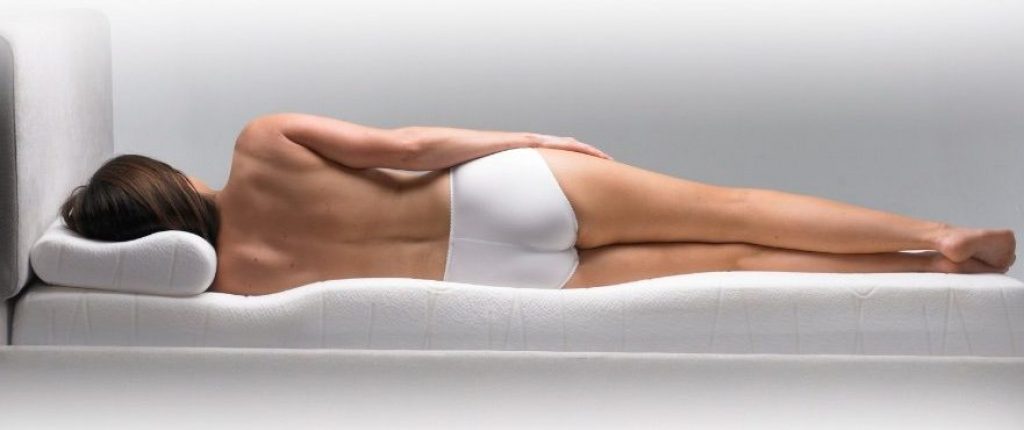
Pressure points show up when you’re sleeping on a surface that doesn’t complement your body and your position. This tends to happen with firmer beds, but it’s not necessarily o trait of this category.
A good mattress has to accommodate your natural curves, regardless of your favorite slumber position. This means that, if you sleep on the side, the hips and shoulders should go deeper into the surface than the legs and the torso. The result is a perfectly-aligned spine, which leads to tension release and reduced pain in the back.
If you’re a back sleeper, your butt tends to go deeper into the bed, which is why there should be some firmness to stop the sinking just at the right moment. So, as a rule, back sleepers should consider medium-firm designs.
Finally, stomach sleepers are the most disadvantaged when it comes to back pain because the spine remains curved if the pelvis area is sinking into the mattress. The number one way to deal with this is to choose a firmer mattress that will help you sleep on top of the layers instead of being buried in them.
As you probably noticed, pressure points usually show around the heavy areas of our body, where there are usually more bones (shoulders, hips, pelvis, and knees). So, when you sit in a horizontal position, these areas tend to weigh down, putting pressure on the spinal cord. Now, the job of a really good mattress is to counteract this motion by providing a surface that allows for both contour and support.
Reasons for Chronic Back Problems
The spine and the muscles and nerves that keep us moving every day represent an intricate system, with a complex design that works perfectly smooth when everything is in order. However, we tend to overestimate our own strength and resistance to stress, which can easily lead to muscle strain or pulled ligaments.
According to specialists, if you’re not suffering from any other disorders, these are the main causes of chronic back pain. A muscle or ligament can be affected during a very demanding workout, while lifting heavy weights, or it can be the result of repeated spine abuse such as years of bad posture, too much sitting, or even sleeping in an uncomfortable position.
The pain can occur suddenly, when the muscle is torn because you put too much force on it, or it can develop in time as the result of an unhealthy lifestyle. It’s also caused by a bad mattress or one that’s not accommodating your body.
If your spine can’t relax when you’re lying down, the tension that’s accumulated throughout the day because of bad posture and even the gravitational force, won’t be released. This is why it’s very important to consider all the factors when you’re choosing a new bed.
However, your back pain could also be caused by a specific disorder like a curved spine.
Curved Spine Disorders
A healthy spine should have a flattened, S shape, with a small concave curve at the top (cervical) and bottom (lumbar area) and a gentle convex curve in the sacral and thoracic regions. However, because of deformities that may be genetic or the result of trauma, the spine can have an unusual curvature.
According to specialists, there are three most common curvature deformities:
- Lordosis – In this case, the lower back is excessively curved, bringing the spine curvature to a C shape. A person with this disorder is easy to spot as they look like they are excessively sticking out their buttocks and stomach and their posture is never naturally straight. Lordosis is painful, restricts movement, and when the person is lying on a hard surface, there will always be a large space between the surface and their lower back. The main causes of this disease are bad posture, obesity, or a disk deformity.
- Kyphosis – This disorder is the result of osteoporosis and is most commonly met in older women because the spinal bone is weakened by the disease. As symptoms, it is an abnormal curvature of the upper back that makes you look like you are slouching all the time. Because the spine is not centered anymore, you will experience mild back pain, soreness, and tenderness around the spine.
- Scoliosis – This condition causes the spine to curve to the side, but it’s still not sure why exactly it happens. The curvature tends to happen in the lumbar and thoracic regions, and the disease tends to show up within adolescent girls – visit our top mattresses and buyer’s guide for scoliosis sufferers.
Lower Back Strain
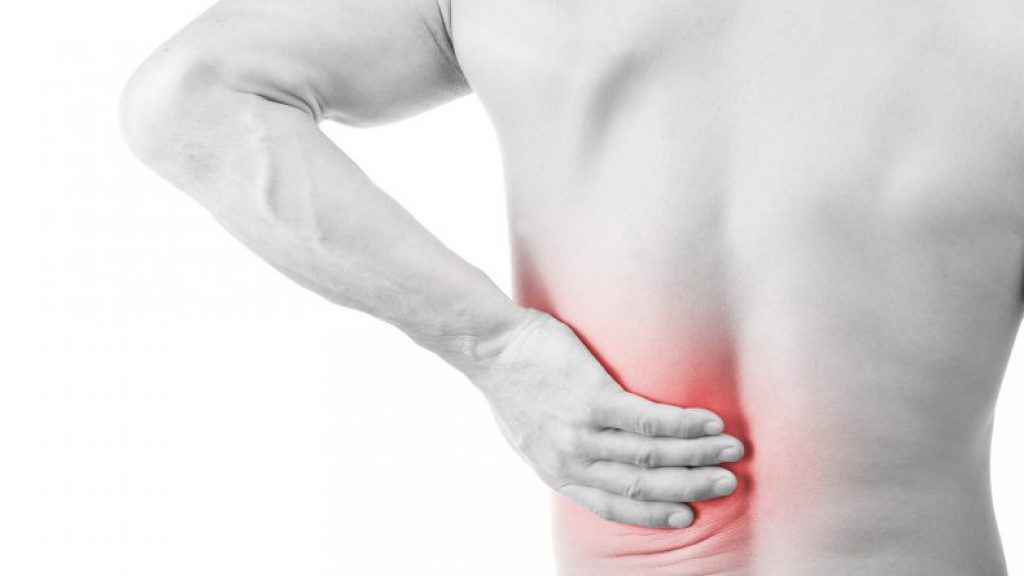
Now, if you don’t suffer from any curved spine disorders, the pain you feel may just be a lower back strain. In scientific literature, there are two types of strain:
- Muscle strain, which happens when the muscle is overstretched and the fibers start to tear apart. Such a situation can be the result of overusing the back muscles, lifting heavy weights, keeping bad posture for very long time, and it is most commonly known as a pulled muscle.
- Lumbar sprain, when the ligaments are the ones torn or overstretched. If you’re not sure what ligaments are, they keep the bones together and present as fibrous tissue.
The symptoms are similar in both cases: inflammation because of the torn tissue, intense pain for the first few hours, stiffness and moderate pain for the following several weeks. Also, your movement will be restricted until the tissue is healed.
This type of injury can be easily identified by a health professional and can be treated. However, you should never ignore it because it can lead to more serious injuries and back pain.
It takes up to 4 or 6 weeks for the torn tissue to heal, and it is best if you have a surface that will keep your spine aligned. In this case, a firmer layer is highly recommended because it keeps everything in place, without allowing the spine to curve, like a soft bed would.
Sitting and Moving Postures
We already mentioned that a healthy posture is important for your back health. In this section, we will actually give you some pointers on how to achieve good posture or correct a bad one.
First, it’s crucial to understand that a good posture means standing, walking, lying, and sitting in such a way that there’s the least strain placed on your back. For this, your bones and joints must be aligned correctly so they won’t put too much pressure on the muscles involved in creating the position.
The benefits of a good posture are plenty, but here are the ones that may just convince you:
- A healthy spine (so no curvature disorders).
- Less wear and tear on your joints and ligaments, which also means a better life when you’re older.
- The body will use less energy to support a bad position, which means you’ll feel at your greatest more often.
- No pain or stiffness in movement.
- You look more confident when you’re featuring good posture.
The best way to feature a good posture is to make sure your back is straight, and the shoulders are not slouching forward. If you’re working on a computer, make sure the screen as at eye-level, so your neck will be properly aligned with the spine.
When you’re walking, keep your look straightforward and pay attention to your shoulders. When you’re tired, your entire body seems to want to drain downwards, which is why you should check your posture from time to time.
List of 5 Best Mattresses That Relieve Chronic Back Pain
Nectar – Ideal Price (Medium Firm)
Features:
- An all-foam design
- Good breathability
- Extra comfy
- Low-maintenance – works with all types of frames
- 365-days home trial (quite impressive)
Our Rating: 9.8/10
The Nectar mattress is a dream came true for memory foam admirers! With four different layers of foam, a Tencel cooling cover, and a design that will impress you from the box, this product is more than just amazing!
The feel is a medium firm, you’ll have both contouring and support, and some of the layers are infused with cooling gel to promote a steady airflow that will keep you comfy and dry during the night. Because the design combines different densities, the surface is also a bit bouncy, it responds fast, and it doesn’t have any problems with keeping the edge support.
All the foams used in the Nectar are CertiPUR-US certified, and the materials are specially designed to protect you from dust mites or bedbugs. If you factor in the lengthy trial period, the best prices, and a strong warranty, you’ve got yourself a keeper!
Want to read more? Check out our full review here.
Alexander Signature Hybrid – Exceptional Support (Medium Firm)
Features:
- Hybrid design
- Lifetime Warranty
- Foam infused with copper for extra cooling
- The layer of coils has pressure zones
Our Rating: 9.5/10
With three layers of foam and one layer of pocketed coils, this may actually be one of the most comfortable designs on the market. The Alexander Signature Hybrid combines both the softness of memory foam and the springiness of coils in an exemplary surface that contours, supports, and keeps you cool during the night.
You’ll also enjoy the quilted cover, with protective side panels, which features plushness and makes the product extremely elegant. Besides focusing on a fantastic feel, the manufacturer also invested a lot in the cooling systems. Starting with Thermic Phase Change Cooling fabric, moving on to the copper-infused memory foam, and ending with the sheet of coils, the design is well-ventilated and has anti-microbial properties.
The price for this wonderful product is affordable, and you have the possibility to choose the level of firmness. However, for people with back pain, we recommend the medium-firm version.
Zenhaven – Hypoallergenic Bed (Firm)
Features:
- 2-in-1 feel, with two levels of firmness
- Three layers of Talalay latex
- Completely organic construction
Our Rating: 9.3/10
Natural latex is a fantastic material for bedding because it features flexibility, it is hypoallergenic, and doesn’t trap heat like other types of material. This design features three sheets of latex, out of which one is capable of providing variable support (the sheet is designed to be firmer in some areas).
The cool thing with Zenhaven, besides the completely organic construction, is that you have two levels of firmness in one product. On one side it is medium and if you flip it over, you get a firm design. This is quite handy, but we only recommend the firm side if you experience any back pain.
The latex layers are protected by a layer of natural wool, to give a bit of plushness and wick the moisture away from your body during the night. The wool also acts as a flame retardant.
Need much more information? See our complete Zenhaven analysis.
Casper – Spine Alignment (Different Firmness Levels)
Features:
- Zoned Support for better pressure relief
- Different products for different firmness levels
- An all-foam structure, with good breathability
Our Rating: 9/10
Casper’s offer includes three different mattresses, but the most popular one is the Casper, a medium-firm design with Zone Support. This is also the one we recommend for joint and back pain as it will correctly cradle your body and promote tension release. Because the foam under shoulders is softer, these areas will sink a bit deeper than the hips and core, which is why your spine will be in almost perfect alignment regardless of your sleeping position.
It’s also a surface that keeps you cool at night. This is possible due to the open cell structure of the foam and the breathable cover, which is soft to touch. Finally, the design is extremely comfortable and will easily accommodate the needs of two partners.
For a much more in-depth overview go to our complete review here.
Layla – Pressure Relief (Flippable Firmness)
Features:
- 2-in-1 firmness (can be flipped)
- All-foam design
- Copper-infused foam
- Breathable and easy to use
Our Rating: 8.9/10
Layla brings two quite rare features into your home: the copper-infused sheets of foam and the possibility to enjoy two levels of firmness in one product. The first is a bit unusual as it’s not that often you hear about a mattress with copper in its construction. The reason the manufacturer used it was to increase heat conductivity from the surface into the layers and then out. The result is a well-ventilated bed that will keep you dry and cozy.
The second feature affords you the chance to customize your sleep experience according to your needs. One side is a medium, while the other is firm, so you can choose how to enjoy your slumber. It is an impressive feature which prolongs the life of the product and keeps the inner layers fresh.
For all other tests and overview, read our detailed analysis.
Our Final Thoughts
Sleep is a very important part of our life as it allows the body to relax and the brain is free to work on re-building affected tissue and creating new neuronal pathways. However, if you don’t manage to go through all the stages required for a refreshing slumber, you’ll only end up feeling tired and depleted of energy.
In time, this leads to stress buildup and various health disorders, among which we can also include back pain.
Considering that you can easily avoid all this by simply being more careful when you’re choosing the sleep surface that’s right for your needs, it’s almost difficult to believe that so many people are still ignorant on the topic.
We can only end by hoping we managed to shine a light on the back pain issue and that we’ve managed to present you several extremely interesting choices that will improve your sleep experience and your level of health!
Resources:
- Back Pain – https://medlineplus.gov/backpain.html
- Low Back Pain Fact Sheet – https://www.ninds.nih.gov/Disorders/Patient-Caregiver-Education/Fact-Sheets/Low-Back-Pain-Fact-Sheet
- Prevent Back Pain – https://healthfinder.gov/HealthTopics/Category/everyday-healthy-living/safety/prevent-back-pain

